Nader Zare
Cross Language Soccer Framework: An Open Source Framework for the RoboCup 2D Soccer Simulation
Jun 09, 2024Abstract:RoboCup Soccer Simulation 2D (SS2D) research is hampered by the complexity of existing Cpp-based codes like Helios, Cyrus, and Gliders, which also suffer from limited integration with modern machine learning frameworks. This development paper introduces a transformative solution a gRPC-based, language-agnostic framework that seamlessly integrates with the high-performance Helios base code. This approach not only facilitates the use of diverse programming languages including CSharp, JavaScript, and Python but also maintains the computational efficiency critical for real time decision making in SS2D. By breaking down language barriers, our framework significantly enhances collaborative potential and flexibility, empowering researchers to innovate without the overhead of mastering or developing extensive base codes. We invite the global research community to leverage and contribute to the Cross Language Soccer (CLS) framework, which is openly available under the MIT License, to drive forward the capabilities of multi-agent systems in soccer simulations.
Engineering Features to Improve Pass Prediction in Soccer Simulation 2D Games
Jan 07, 2024Abstract:Soccer Simulation 2D (SS2D) is a simulation of a real soccer game in two dimensions. In soccer, passing behavior is an essential action for keeping the ball in possession of our team and creating goal opportunities. Similarly, for SS2D, predicting the passing behaviors of both opponents and our teammates helps manage resources and score more goals. Therefore, in this research, we have tried to address the modeling of passing behavior of soccer 2D players using Deep Neural Networks (DNN) and Random Forest (RF). We propose an embedded data extraction module that can record the decision-making of agents in an online format. Afterward, we apply four data sorting techniques for training data preparation. After, we evaluate the trained models' performance playing against 6 top teams of RoboCup 2019 that have distinctive playing strategies. Finally, we examine the importance of different feature groups on the prediction of a passing strategy. All results in each step of this work prove our suggested methodology's effectiveness and improve the performance of the pass prediction in Soccer Simulation 2D games ranging from 5\% (e.g., playing against the same team) to 10\% (e.g., playing against Robocup top teams).
Improving Dribbling, Passing, and Marking Actions in Soccer Simulation 2D Games Using Machine Learning
Jan 07, 2024Abstract:The RoboCup competition was started in 1997, and is known as the oldest RoboCup league. The RoboCup 2D Soccer Simulation League is a stochastic, partially observable soccer environment in which 24 autonomous agents play on two opposing teams. In this paper, we detail the main strategies and functionalities of CYRUS, the RoboCup 2021 2D Soccer Simulation League champions. The new functionalities presented and discussed in this work are (i) Multi Action Dribble, (ii) Pass Prediction and (iii) Marking Decision. The Multi Action Dribbling strategy enabled CYRUS to succeed more often and to be safer when dribbling actions were performed during a game. The Pass Prediction enhanced our gameplay by predicting our teammate's passing behavior, anticipating and making our agents collaborate better towards scoring goals. Finally, the Marking Decision addressed the multi-agent matching problem to improve CYRUS defensive strategy by finding an optimal solution to mark opponents' players.
Denoising Opponents Position in Partial Observation Environment
Oct 23, 2023Abstract:The RoboCup competitions hold various leagues, and the Soccer Simulation 2D League is a major among them. Soccer Simulation 2D (SS2D) match involves two teams, including 11 players and a coach for each team, competing against each other. The players can only communicate with the Soccer Simulation Server during the game. Several code bases are released publicly to simplify team development. So researchers can easily focus on decision-making and implementing machine learning methods. SS2D actions and behaviors are only partially accurate due to different challenges, such as noise and partial observation. Therefore, one strategy is to implement alternative denoising methods to tackle observation inaccuracy. Our idea is to predict opponent positions while they have yet to be seen in a finite number of cycles using machine learning methods to make more accurate actions such as pass. We will explain our position prediction idea powered by Long Short-Term Memory models (LSTM) and Deep Neural Networks (DNN). The results show that the LSTM and DNN predict the opponents' position more accurately than the standard algorithm, such as the last-seen method.
Pyrus Base: An Open Source Python Framework for the RoboCup 2D Soccer Simulation
Jul 22, 2023Abstract:Soccer, also known as football in some parts of the world, involves two teams of eleven players whose objective is to score more goals than the opposing team. To simulate this game and attract scientists from all over the world to conduct research and participate in an annual computer-based soccer world cup, Soccer Simulation 2D (SS2D) was one of the leagues initiated in the RoboCup competition. In every SS2D game, two teams of 11 players and one coach connect to the RoboCup Soccer Simulation Server and compete against each other. Over the past few years, several C++ base codes have been employed to control agents' behavior and their communication with the server. Although C++ base codes have laid the foundation for the SS2D, developing them requires an advanced level of C++ programming. C++ language complexity is a limiting disadvantage of C++ base codes for all users, especially for beginners. To conquer the challenges of C++ base codes and provide a powerful baseline for developing machine learning concepts, we introduce Pyrus, the first Python base code for SS2D. Pyrus is developed to encourage researchers to efficiently develop their ideas and integrate machine learning algorithms into their teams. Pyrus base is open-source code, and it is publicly available under MIT License on GitHub
Observation Denoising in CYRUS Soccer Simulation 2D Team For RoboCup 2023
May 27, 2023


Abstract:The RoboCup competitions hold various leagues, and the Soccer Simulation 2D League is a major one among them. Soccer Simulation 2D (SS2D) match involves two teams, including 11 players and a coach, competing against each other. The players can only communicate with the Soccer Simulation Server during the game. This paper presents the latest research of the CYRUS soccer simulation 2D team, the champion of RoboCup 2021. We will explain our denoising idea powered by long short-term memory networks (LSTM) and deep neural networks (DNN). The CYRUS team uses the CYRUS2D base code that was developed based on the Helios and Gliders bases.
Cyrus2D base: Source Code Base for RoboCup 2D Soccer Simulation League
Nov 15, 2022Abstract:Soccer Simulation 2D League is one of the major leagues of RoboCup competitions. In a Soccer Simulation 2D (SS2D) game, two teams of 11 players and one coach compete against each other. Several base codes have been released for the RoboCup soccer simulation 2D (RCSS2D) community that have promoted the application of multi-agent and AI algorithms in this field. In this paper, we introduce "Cyrus2D Base", which is derived from the base code of the RCSS2D 2021 champion. We merged Gliders2D base V2.6 with the newest version of the Helios base. We applied several features of Cyrus2021 to improve the performance and capabilities of this base alongside a Data Extractor to facilitate the implementation of machine learning in the field. We have tested this base code in different teams and scenarios, and the obtained results demonstrate significant improvements in the defensive and offensive strategy of the team.
CYRUS Soccer Simulation 2D Team Description Paper 2021
Jun 06, 2022
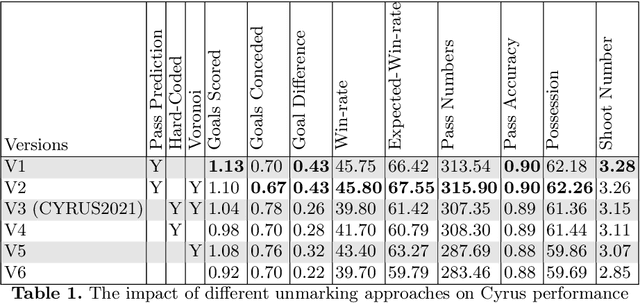
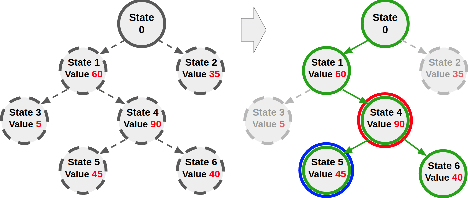
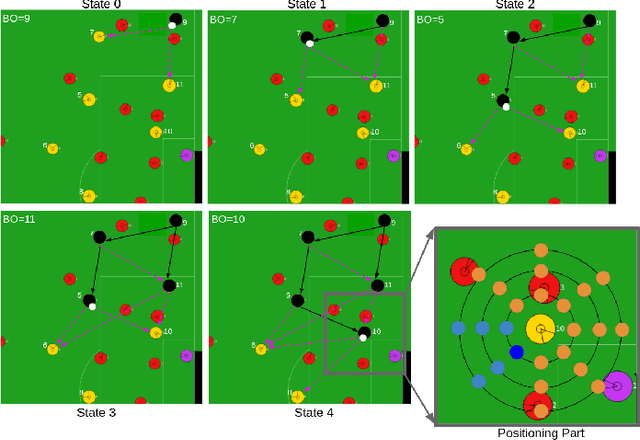
Abstract:In this report, we briefly present the technical procedure and simulation steps for the 2D soccer simulation of team Cyrus. We emphasize on this document on how the prediction of teammates' behavior is performed. In our proposed method, the agent receives the noisy inputs from the server, and predicts the ball holder full state behavior. Taking advantage of this approach for choosing the optimal view angle shows 11.30% improvement on the expected win rate.
CYRUS Soccer Simulation 2D Team Description Paper 2022
May 22, 2022



Abstract:Soccer Simulation 2D League is one of the major leagues of RoboCup competitions. In a Soccer Simulation 2D (SS2D) game, two teams of 11 players and one coach compete against each other. The players are only allowed to communicate with the server that is called Soccer Simulation Server. This paper introduces the previous and current research of the CYRUS soccer simulation team, the champion of RoboCup 2021. We will present our idea about improving Unmarking Decisioning and Positioning by using Pass Prediction Deep Neural Network. Based on our experimental results, this idea proven to be effective on increasing the winning rate of Cyrus against opponents.
Cyrus 2D Simulation Team Description Paper 2016
Feb 08, 2022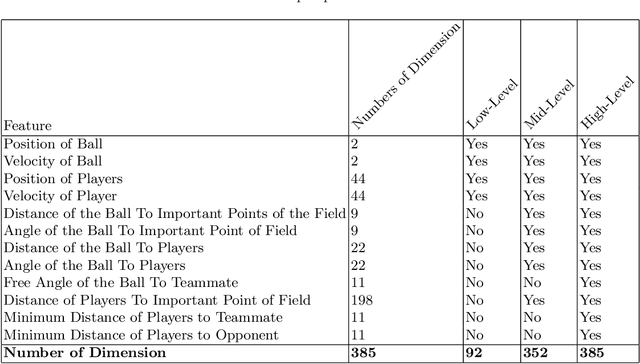
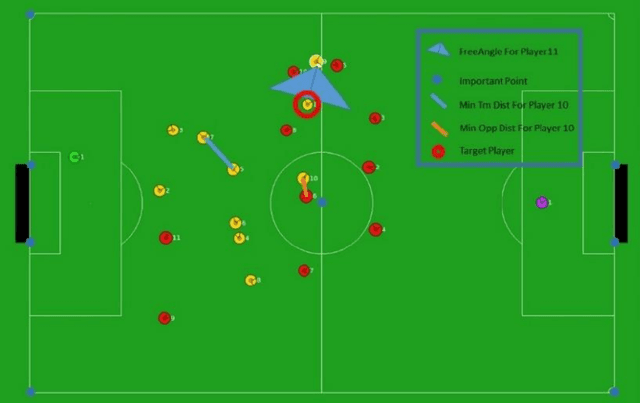
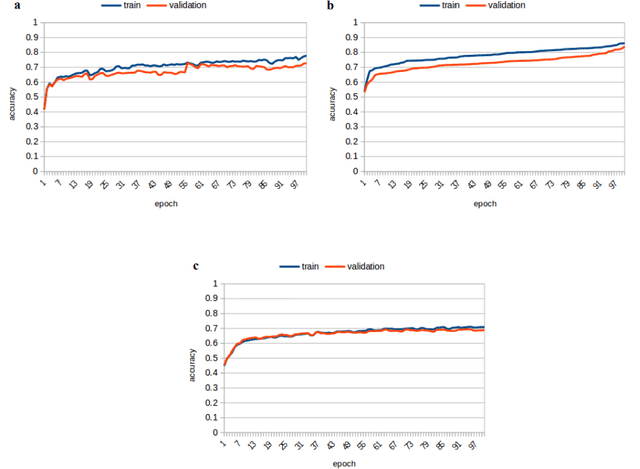

Abstract:This description includes some explanation about algorithms and also algorithms that are being implemented by Cyrus team members. The objectives of this description are to express a brief explanation about shoot, block, mark and defensive decision will be given. It also explained about the parts that has been implemented. The base code that Cyrus used is agent 3.11.
 Add to Chrome
Add to Chrome Add to Firefox
Add to Firefox Add to Edge
Add to Edge